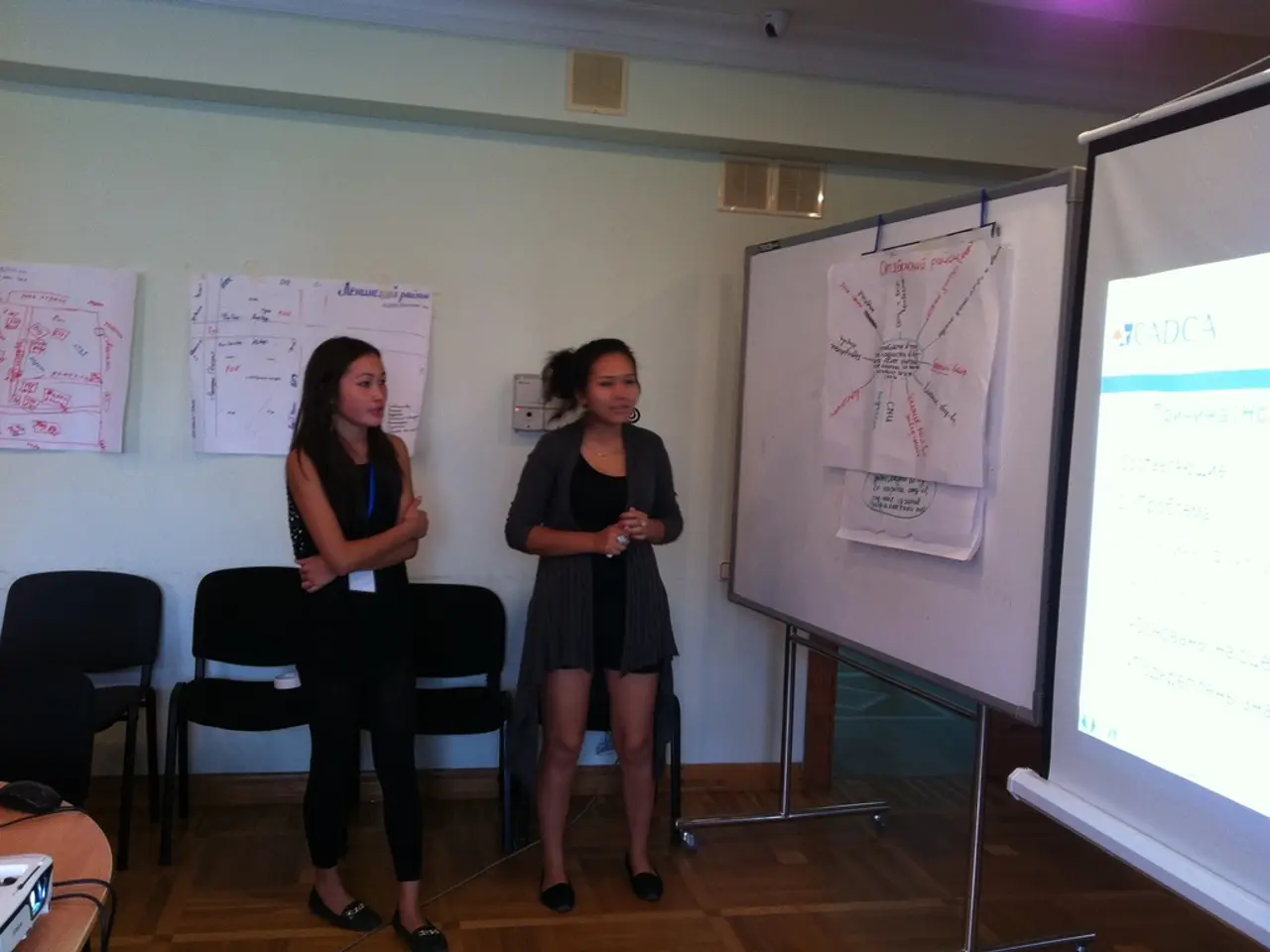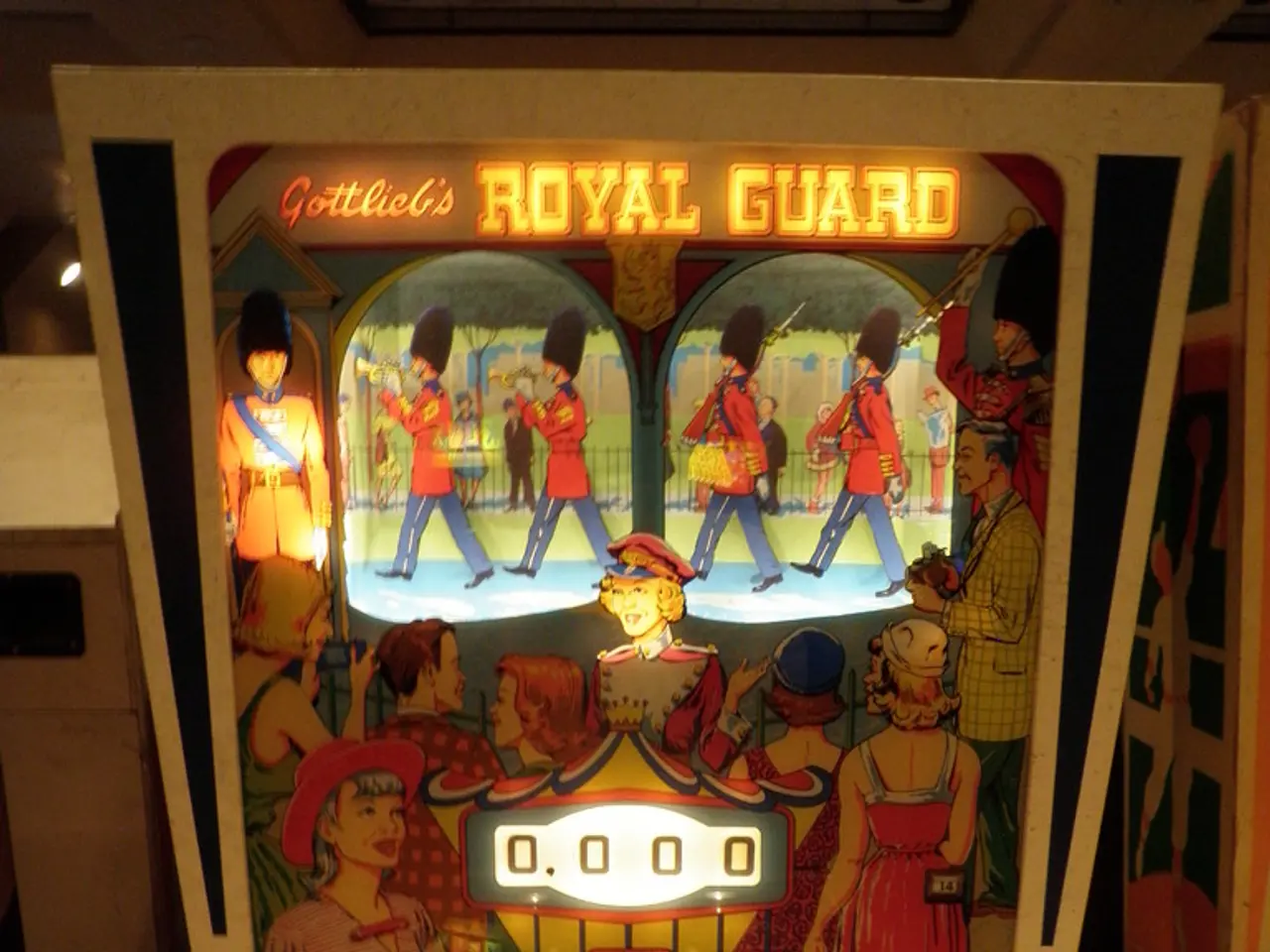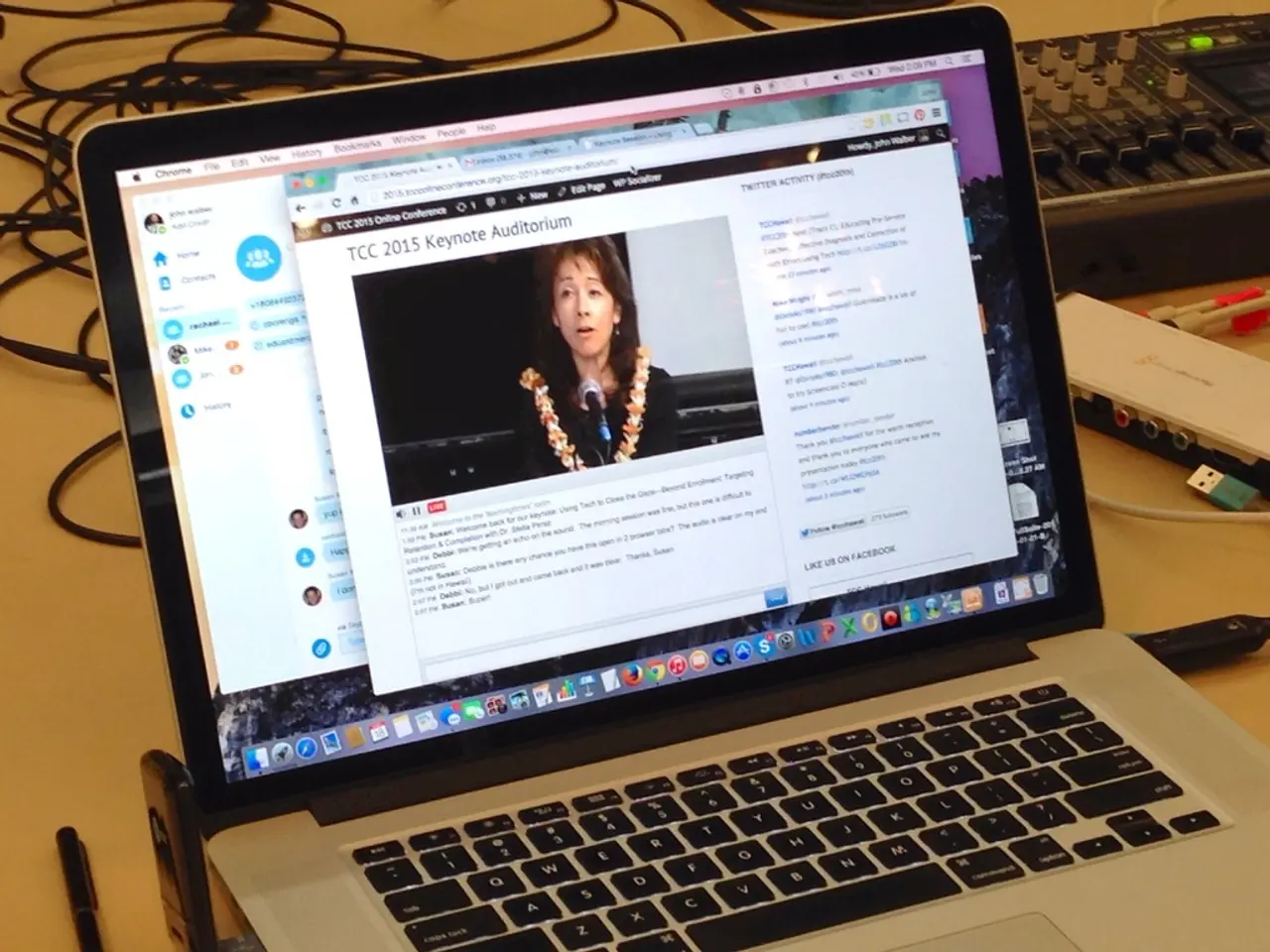Choosing the Right Prototype Type for Your Project
Prototyping plays a crucial role in the design process, offering valuable insights into the target audience's perspective and the effectiveness of a solution. In design and Design Thinking projects, there are three main levels of prototype fidelity: low-fidelity, medium-fidelity, and high-fidelity prototypes, each suited for different stages and purposes.
Low-Fidelity Prototypes
These simple, often hand-drawn or basic digital sketches, focus on layout, structure, and flow rather than detailed design or interactivity. Ideal for early concept exploration, brainstorming, and quick feedback on basic ideas and user flows, low-fidelity prototypes help identify major design issues before investing more resources.
Medium-Fidelity Prototypes
Medium-fidelity prototypes offer more detail and interactivity than low-fidelity ones but are less polished than high-fidelity versions. They provide moderate visual and interactive elements, better representing how the final product might function. These prototypes are appropriate for more detailed usability testing, refining design ideas, and engaging with stakeholders.
High-Fidelity Prototypes
High-fidelity prototypes are highly detailed and interactive, closely resembling the final product with realistic visuals, branding, and functional elements. They are more costly and time-consuming but essential for realistic usability testing and stakeholder demonstrations.
Each level of prototype serves a unique purpose in the design process. Low-fidelity prototypes are ideal for early exploration, medium-fidelity for more detailed testing, and high-fidelity for final-stage refinements and experience tests.
When to Use Each Level
- Use low-fidelity prototypes early in the design or empathize phase to explore ideas rapidly and identify major usability problems or design directions with users or clients.
- Use medium-fidelity prototypes during the define and ideate phases to develop more complete flows and interaction details, enabling intermediate usability testing and discussion with stakeholders.
- Use high-fidelity prototypes in the develop and deliver phases for thorough usability testing, validation with real users, and final stakeholder buy-in before coding or production.
This staged approach aligns with iterative design and Design Thinking methods, emphasizing early failure and rapid feedback to reduce costly errors later.
Prototyping for Empathy, Testing, and Decision Making
Prototyping for empathy, or "active empathy," is a technique used in the early stages of a design project to gain an understanding of the problem and users' mindsets. High-fidelity prototypes provide a more realistic picture of the end product and allow for final-stage refinements and experience tests. Prototyping to test is the most common prototype created in a design project, used to test solutions iteratively and improve ideas based on test results. The "Prototyping for Empathy," "Prototyping to Test," and "Prototyping to Decide" templates can be downloaded for use as guides in creating prototypes.
Examples of low-fidelity prototypes include rough sketches, paper models, simple storyboards, and paper prototypes of digital interfaces. High-fidelity prototypes, such as those produced in Sketch, are detailed representations of the final product, close to the actual solution. High-fidelity prototypes are useful for the final selling of ideas when funding decisions need to be made or when potential markets are being approached for feedback.
In conclusion, prototyping is an essential tool in the design process, providing valuable insights and enabling the creation of solutions that meet the needs of the target audience. By understanding the different levels of prototype fidelity and when to use each, designers can ensure they are making the most of this powerful design technique.
Design Thinking projects often incorporate UX design, interaction design, and UI design, leveraging prototyping as a tool to test and refine solutions. Low-fidelity prototypes, such as hand-drawn sketches or paper models, are essential during the empathize phase to explore ideas rapidly and identify major usability problems or design directions, offering a cost-effective approach for early exploration. On the other hand, high-fidelity prototypes, like those produced in Sketch, provide a detailed representation of the final product and are useful for final selling of ideas when funding decisions need to be made or when potential markets are being approached for feedback, emphasizing technology's role in designing solutions that effectively engage with users.




